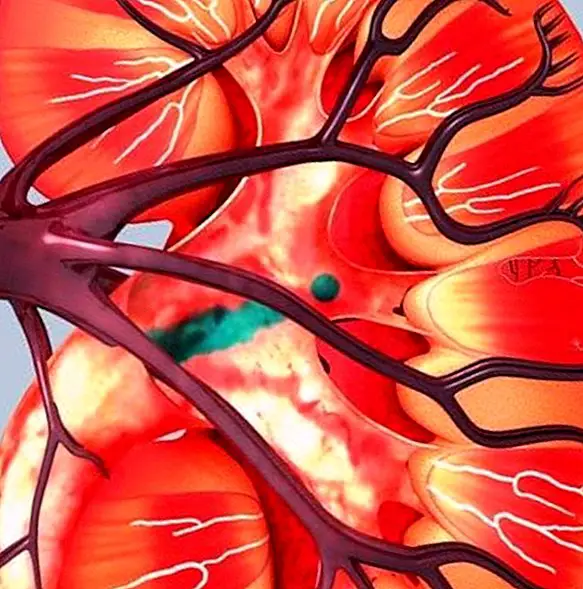Bronchiolitis: what it is, symptoms and prevention
With the arrival of the cold (especially during the winter), every year there are more cases of bronchiolitis, a fairly common disease that arises in the respiratory system, and that causes a infection that affects the bronchioles, tiny airways that end up emptying into the lungs.
As the infection increases and the bronchioles continue to swell, they tend to swell and fill with mucus, making it difficult for the nursing baby and young child to breathe. 
In fact, it is a very common type of infection during the winter months, which affects mostly infants and young children because their airways get clogged more easily, since their size is much smaller. Thus typically occurs during the first two years of life, with a higher incidence between three and six months of age.
What is bronchiolitis?
Bronchiolitis is an infection of the respiratory system and the lungs of the infant and young child, caused by several classes of viruses, among which is the Respiratory Syncytial Virus (RSV), one of its main causes but not the only one, as we can also mention other less frequent viruses such as influenza virus, adenovirus, parainfluenza and the metapneumovirus.
There are certain risk factors that are related to the severity of the infection. The most important is age, so that children under 3 months of age have a higher risk of hospitalization. And among them premature babies, since their bronchi are even narrower still.
On the other hand, we can also mention other risk factors such as, for example, the absence of breastfeeding, exposure to tobacco smoke and attendance at day care centers.

What are your symptoms?
It is common that bronchiolitis begins with the usual symptoms of a cold: obstruction of the nose and congestion due to the presence of mucus, cough that lasts 2 or 3 days and sometimes fever.
Days later it is common that the child either does not get worse, or begins to breathe more quickly and with greater difficulty (for example, when breathing the ribs are marked and the abdomen goes up or down in an exaggerated way), and to cough more.
It is also extremely common have noisy breathing, the typical wheezing which consist of a kind of high-pitched whistle that appears when breathing, or a sound like bubbling or more serious (rattle).
Given these symptoms is essential to consult the specialist, since the disease can progress to cause a change in coloration in the baby, indicating that the child needs oxygen. 
Can it be prevented?
Although as we indicated there are certain risk factors that can not be prevented (as for example is the case that the baby is born prematurely), there are certain causes to avoid can help prevent the onset of bronchiolitis. In this sense, there are some useful tips such as:
- Promote and maintain breastfeeding: It is essential for the growth and development of the baby, and in fact contains antibodies that protect against common infections.
- Avoid tobacco: not only you as mom or dad. It is essential to prevent anyone from smoking near your baby.
- Maintain adequate hygiene: washing your hands with hot water and soap on a regular basis and more usually.
- Vaccine to the baby: It is essential to comply with the vaccination schedule, useful not only for the baby himself but also for the rest of the children, as there is greater protection against common diseases.



